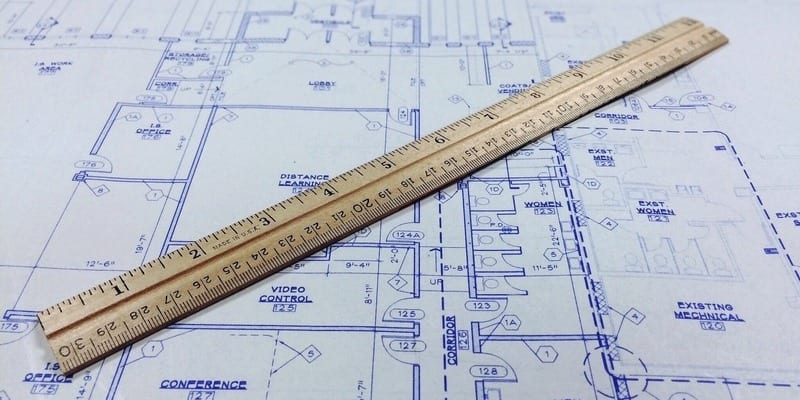Cloud Architecture: Everything You Need to Build a Cloud System


It’s fair to assume that many people in your organization don’t know how the cloud works. Even if you’ve already adopted the cloud into your enterprise, the cloud can be confusing to those unfamiliar with it. Outside your IT team, your employees may not understand the resources required to run a cloud deployment or adopt one into your infrastructure. The system of hardware, software, applications, etc. that make up a cloud environment is known as the cloud architecture.
A cloud architecture contains all the components that allow a cloud system to operate. It can loosely be separated into two categories: the front end and the back end. These components are what makes the cloud work and what allows a business to perform tasks using a cloud solution. In order to properly run a cloud environment, your enterprise’s IT team needs to know exactly what goes into their cloud’s architecture. Below, we’ve outlined the basic components of a cloud architecture and what each of those components does for your deployment.
Cloud architecture front end
The front end of a cloud architecture deals with components that allows a user to access the cloud service. This includes the device the user connects to the cloud with and also the application that they use to access it. Depending on the cloud service, the application could be first-party software that clients download and run locally. It also might be a web page that users can visit via a web browser. The front end connects to the back end of the architecture through a computer network.
Cloud application interface
Not all applications that you use to access the cloud are the same. The interface of applications used to access a cloud service should be tailor-made to make using that service easier. This is true for both website-based portals and local applications. If your company is designing the application, it should consider the most practical, easy-to-understand interface for the service you are building it for.
Cloud architecture back end
The back end of a cloud architecture comprises the physical components that store and run the cloud service itself. Servers, databases, and storage units are all part of the back end, as well as virtual machines (VMs), middleware, and programs that allow the cloud service to operate. All of the back end equipment is stored and maintained by the cloud service provider and deliver the necessary resources to the user via a network.
Cloud hardware
The most essential part of the cloud architecture back end is the physical infrastructure that provides the power the cloud service needs to run. Your cloud service requires computing, storage, and servers to function properly. All of these components are operated by the service provider itself through their cloud hardware infrastructure.
Security protocols
A cloud architecture’s back end also typically includes the security protocols necessary to keep the cloud service safe. Because outside users will be accessing the cloud server through your front end, you need to have measures in place to monitor incoming traffic and deal with potentially hazardous data. This also includes securing the physical infrastructure to ensure there are no security gaps in the back end infrastructure. This allows you to prevent security threats that originate in the back end from reaching users and devices via the cloud interface in the front end.
Our MSP Buyer’s Guide contains profiles on the top cloud MSP vendors for AWS, Azure, and Google Cloud, as well as questions you should ask providers and yourself before buying. We also offer an MSP Vendor Map that outlines those vendors in a Venn diagram to make it easy for you to select potential providers.
Check us out on Twitter for the latest in Enterprise Cloud news and developments!




















